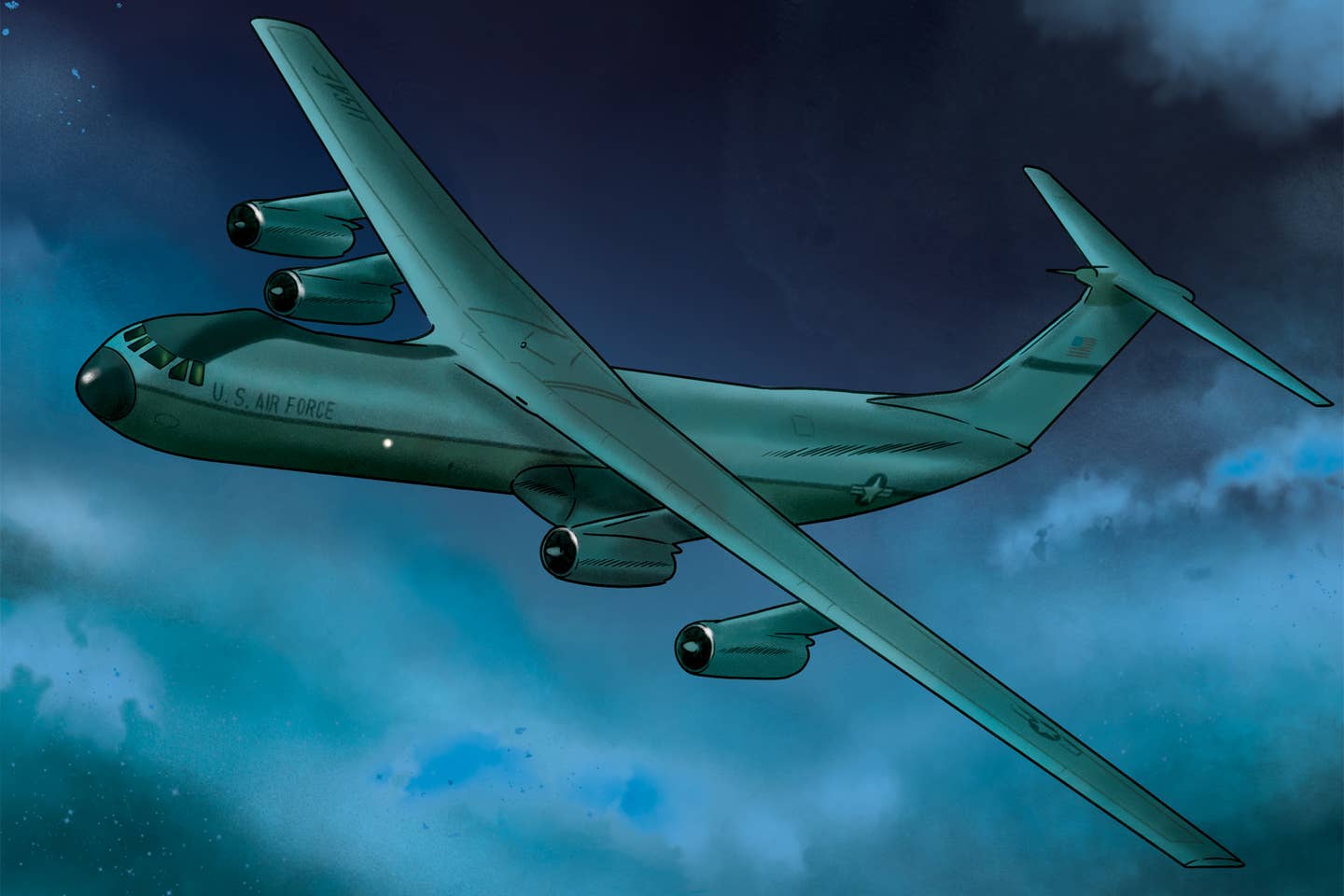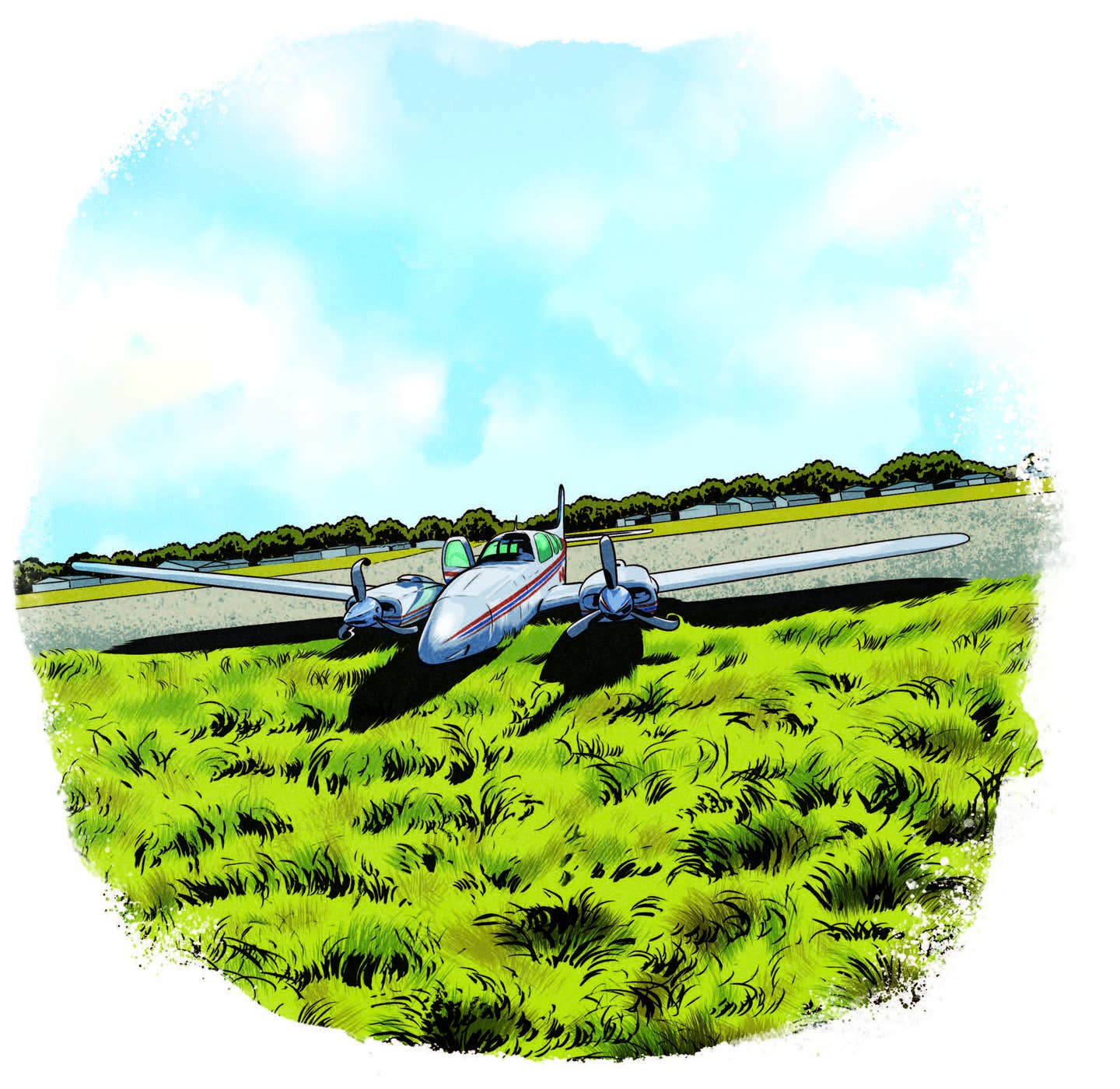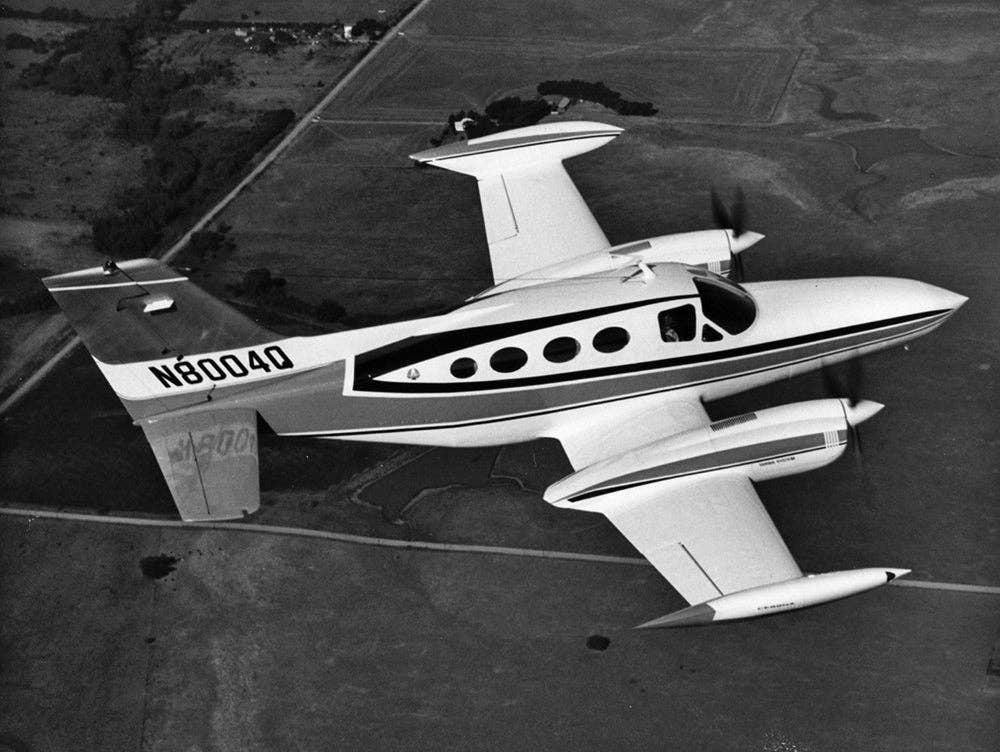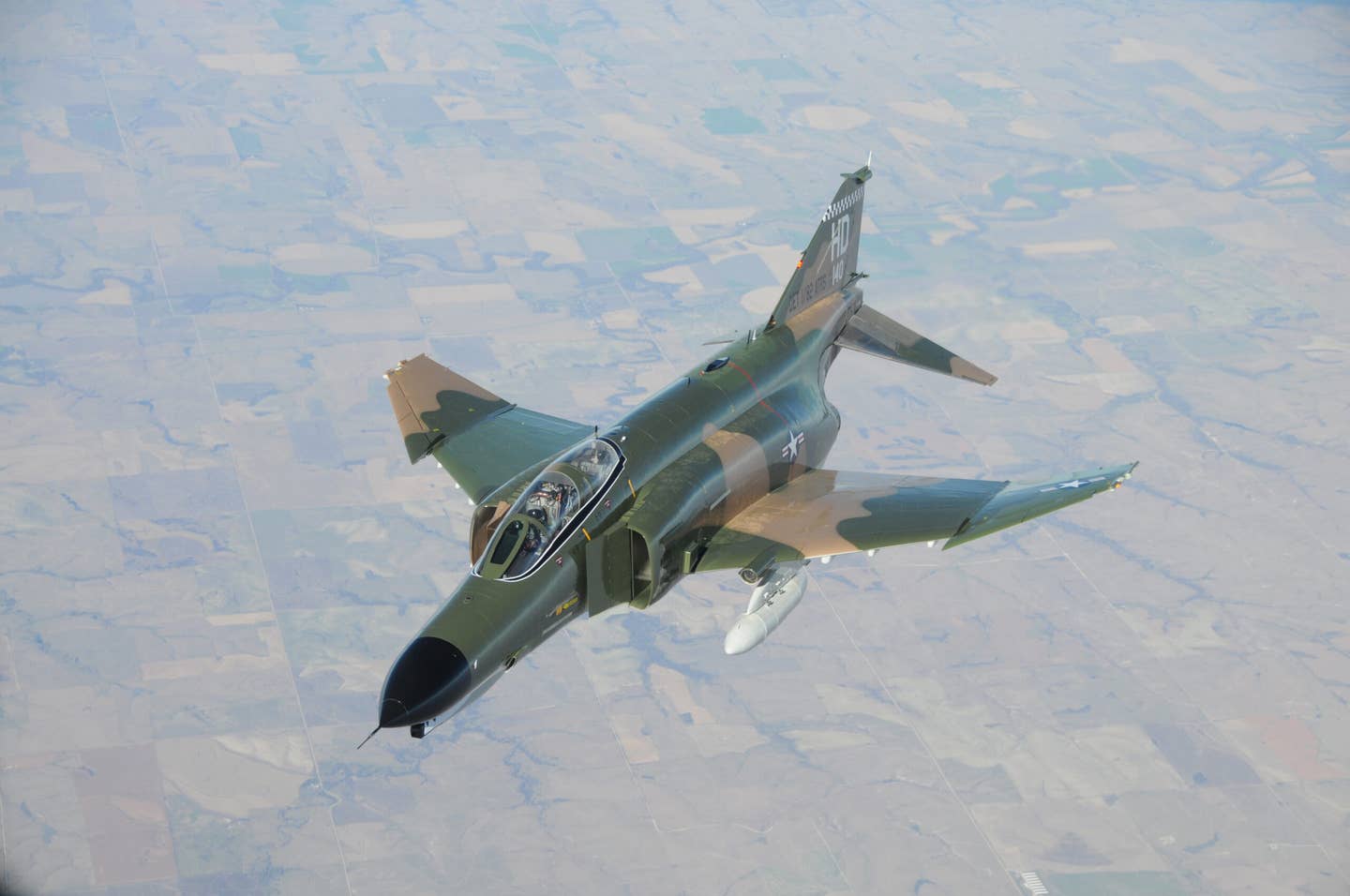
“I was so focused on the malfunction of the elevator artificial-feel system that I did not realize that the aircraft was making the same rookie mistake that every student pilot makes.” Joel Kimmel
A lot has been written over the past few years about pilots relying on the automation to fly the airplane to the detriment of actual hands-on-the-stick piloting skills. I have long been baffled by pilots’ reliance on the autopilot. But perhaps this attitude comes from my Air Force training early on and particularly from a black, black night at low altitude over the Atlantic Ocean. In October 1973, the war in Vietnam was winding to a close. For the previous three years or so, I had been flying the Lockheed C-141 Starlifter to Southeast Asia and all over the Pacific Ocean, supporting the US missions in that part of the world. Then, a new crisis: Israel had once again been attacked by Egypt, and the Air Force was tasked with supplying arms to Israel.
From its birth as a modern nation in 1948, Israel has fought its neighbors for its survival. In 1967, in the famous Six-Day War, Israel had defeated the adjacent countries (Syria, Jordan and Egypt) in one week. Six years later, on the holy celebration of Yom Kippur, it was happening again. But this time, it was against a slightly different background. The oil-rich countries of the Middle East announced that they would cut off all oil shipments to any country that supported Israel in the conflict. This included any nation that aided in the resupply of any materiel. That meant that if the United States wanted to support Israel, it would have to do it without the air bases outside of its own borders.
The Lockheed C-141 was the Air Force’s second-largest cargo aircraft. Its four jet engines allowed it to cruise at just under Mach 0.8 with a range of 5,000 miles. It weighed about 70.5 tons empty and more than twice that fully loaded. It was the perfect aircraft for the mission. So here was the plan.
The US Air Force Military Air Command would pick up bombs and small arms ammunition from supply depots in the States, fly to Lajes Field air base in the Portuguese Azores (where we still had landing rights), and then to Tel Aviv, Israel. Aircrews would rest at Lajes; the airplanes would keep moving. This was a normal operation, but there would be two new wrinkles that nearly put me and my crew into the Atlantic. First, we were not allowed to fly over any other country’s airspace or land in any other country en route. Second, under no circumstances would we leave an airplane on the ground at Tel Aviv. The Air Force did not want to see a burning US aircraft at Tel Aviv on the evening news.
My logbook entries from that time show that my crew and I picked up loads in Indiana and Arkansas, then flew eight hours or so to Lajes to rest, then picked up an incoming airplane and flew it for seven to eight hours to Tel Aviv, and then the same distance back to Lajes for a beer and bed. We flew two uneventful trips from Lajes to Tel Aviv and back. We flew past the Rock of Gibraltar and then straddled various airspace boundaries as we made our way east across the Mediterranean Sea. About 150 miles west of Israel, a pair of Israeli F-4 Phantoms showed up off our wingtip and escorted us nearly to touchdown.
As we taxied in, we opened the cargo doors so we could begin offloading as soon as we came to a stop. The refueling truck slid in next to us as we stopped, and while we sat with the engines running, we received a weather briefing, filed our flight plan for the leg back west, unloaded our cargo, and filled with fuel. Then, it was time to call for taxi and head back west for another eight hours. Not one extra minute was spent on the ground.
The third trip, on October 28, was different. The first four hours of our flight east were uneventful. Then, the master warning light illuminated, along with the small warning light that indicated that the elevator artificial-feel system had failed.
Check out our new content: I.L.A.F.F.T. Podcast
While small aircraft have cables running from the control yoke to the elevator, large aircraft do not. Movement of the yoke on large aircraft causes hydraulic valves to open and close, which, in turn, moves the elevator. The pilot gets no sensory feedback from this movement of hydraulic fluid. So, to give the pilot the sense of aerodynamic feel that we are all accustomed to, the good engineers at Lockheed included the elevator artificial-feel system. This was a system of springs that sensed the aircraft airspeed from the central air-data computer and adjusted the amount of pressure that the pilot would feel from movement on the yoke. Just as in smaller aircraft, the greater the airspeed, the harder it was to pull back on the yoke. Great system, and it worked almost all the time.
When the system failed, it generally failed in the mode that required more back pressure on the yoke than expected. There was an in-flight reset procedure, but if that did not work, the system had to be reset on the ground by the maintenance folks. So in our case, the system failed, and when we disengaged the autopilot, the nose of the plane dropped immediately—and hard. The copilot and I regained control of the airplane, reengaged the autopilot, and had a long chat with the flight engineer and the books about our approach and landing. The plan we devised was that we would fly an ILS approach with the autopilot engaged, and then we would disengage just as we needed to flare. At that time, the copilot and I would jointly haul back on the yoke and get the nosewheel up just high enough to land, and that worked ok.
We had no maintenance support at Tel Aviv, and the flight engineer was not able to reset the system. On another day, we would have left the airplane for the maintenance folks, but that was not an option. I knew that I could have refused to fly the airplane, but I also knew that it was going to be moved by somebody, immediately. I felt that it was not fair to put someone else into this situation, not knowing how to react. At least we knew what to expect and how to handle it. Our takeoff briefing was normal, with one addition: At rotation speed, both the copilot and I would pull back on the yoke, and as soon as we got the aircraft into the climb-out pitch position, we would engage the autopilot.
Another eight hours back, and we had time for a lot of conversation. The aircraft was certified for Category III landing operations, meaning that if we had the proper ground equipment, we could let the autopilot capture the localizer and glideslope, engage the autothrottle system to hold the airspeed, and allow the autoland system bring up the nose at 50 feet agl and set the airplane on the centerline. What could go wrong?
It was nearly midnight on a moonless night. The only lights to be seen were those on the island, about 20 miles away. We descended to about 2,000 feet, rechecked all frequencies and switch settings, and prepared to watch the autopilot do its thing. Though I had never done this before in an aircraft, I had done it over and over in the simulator.
Flaps were set at the approach setting, landing gear was down, and airspeed was established for the approach. We were on a 45-degree intercept to the final approach course for Runway 15, about 15 miles out. The localizer needle started to move off the edge of the case, and the aircraft began a left turn to intercept the final approach course to Runway 15. As the airplane began to roll out of the turn, we realized that there was a problem with our plan. We just did not know what.
We were all set for some type of downward runaway pitch excursion. Both the copilot and I were set to pull back on the yoke if necessary. However, as the airplane started to roll out of the turn, it began a smooth but rapid nose-up movement. Simultaneously, the airspeed began decreasing toward the stall speed. We already had gear and flaps deployed, exactly the worst position to be in with the airplane moving toward a stall. This was where training just kicked in.
Read More: I Learned About Flying From That
I don’t remember what I said, but I remember simultaneously disengaging the autopilot and autothrottles, rolling into a steep turn to the left and smoothly shoving all four throttles forward, and staring hard at the attitude indicator as I did so. As soon as the nose moved up, the lights of the island went out of sight—there was no horizon to be seen. To the left as we turned, there was nothing but black. No ocean, no sky—just black. Aircraft attitude and airspeed were all that mattered.
The copilot and I performed a steep turn on instruments, not much different from the ones that instrument students still practice. All that training kicked in without thinking. Fly the airplane. Attitude, airspeed, altitude, roll out on a heading of 150. Re-intercept the localizer. The autopilot worked on the earlier approach into Tel Aviv—try it again—carefully. The only thing we did differently this time from our earlier approach into Tel Aviv was using the autothrottle. So, skip the autothrottle, and see if that solves the problem. We would fly this approach exactly like the approach we flew eight hours before. Except it was night, and we had the lack of visual cues that nighttime brings on landing. This entire event, from pitch-up to rollout back on final, took less than two minutes—the time it takes to make a 360-degree steep turn.
Landing was otherwise uneventful, except that our adrenalin levels were sky high. It all went quickly. The rest of the crew did not know how close we came to putting the airplane into the ocean. It was just us two pilots that were shaking.
We were met, as was normal, by the maintenance crew. We pilots and the flight engineer described what had happened as best we could. The maintenance crew said, “Hmm,” and we all went to bed.
It was quite some time before I realized what had happened. I was so focused on the malfunction of the elevator artificial-feel system that I did not realize that the aircraft was making the same rookie error that every student pilot makes. When we roll an aircraft into a bank, we need to increase our lift, because our lift perpendicular to the horizon has decreased. We do this by increasing the angle of attack, and the only way we can increase the angle of attack and hold altitude and airspeed is to increase power. The airplane did this and added the correct amount of nose-up trim to hold the level turn. However, it was slow to add power to hold the airspeed—just like a student pilot.
A failure to increase power will result in either a loss of airspeed or altitude. This is true in Cessna 172 or in a Boeing 777. Or in the Starlifter. In our case, the aircraft was calling for more power because the altitude was fixed and the turn to final was causing the airspeed to dissipate. But just like a beginning student learning steep turns, the autothrottle system was behind. It was trying to add power, but it came in late. When the airplane rolled out on final, the plane was low on airspeed, and the only thing it knew to do was to increase the pitch to hold altitude, which just caused the airspeed to drop more. Bad cycle. The solution for any impending stall is to decrease the angle of attack, while following up with increased power. I have always thanked Lockheed for giving us an aircraft with an abundance of power—because we had enough to make the runway.
This story appeared in the December 2020 issue of Flying Magazine

Sign-up for newsletters & special offers!
Get the latest FLYING stories & special offers delivered directly to your inbox






